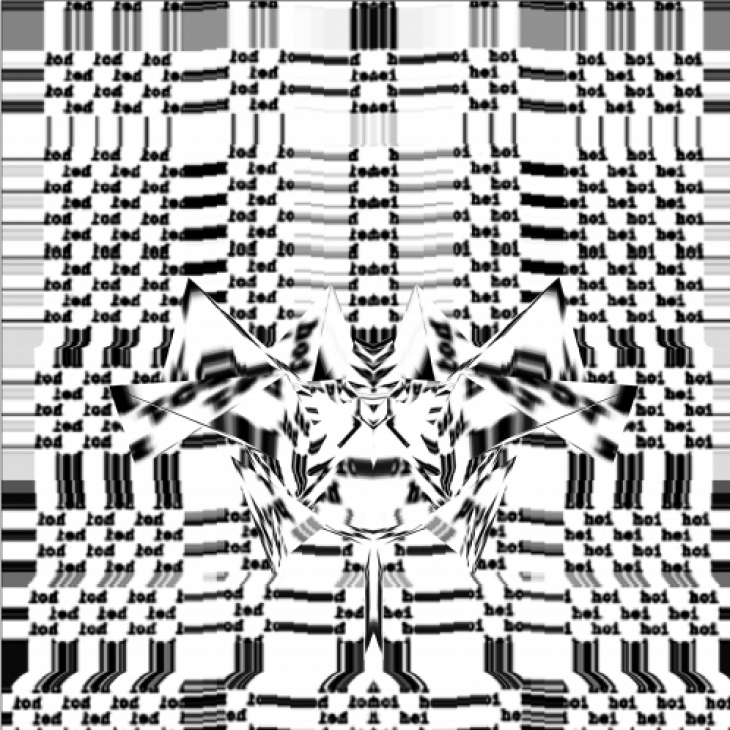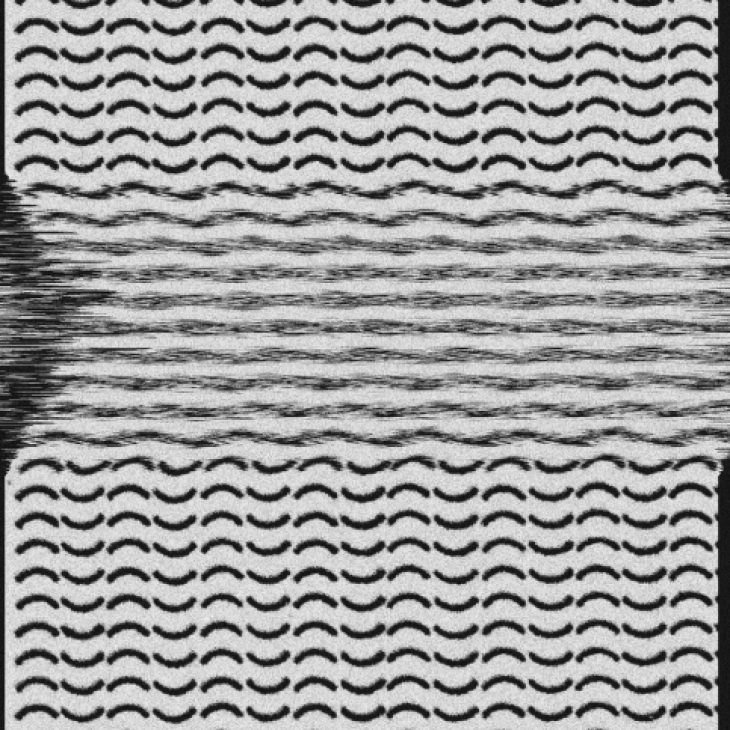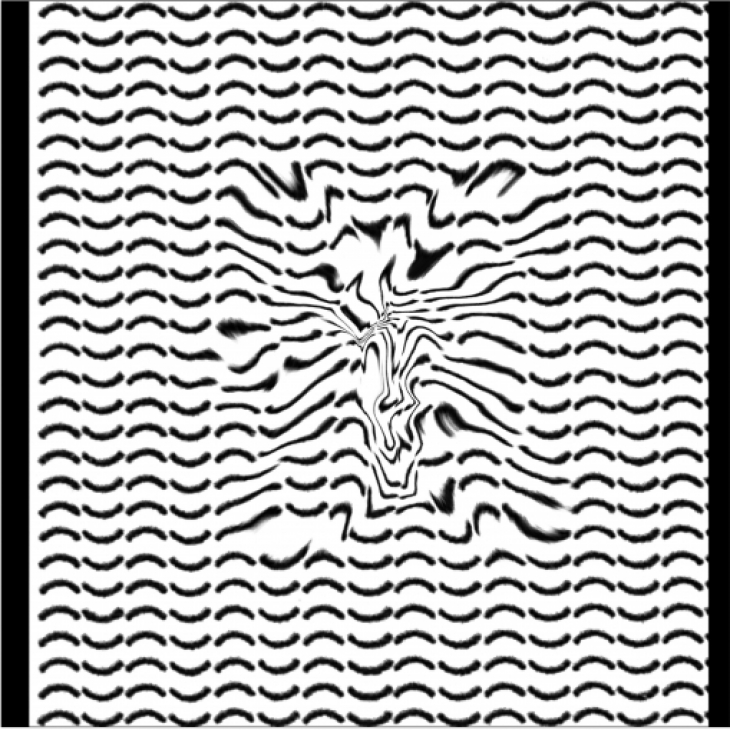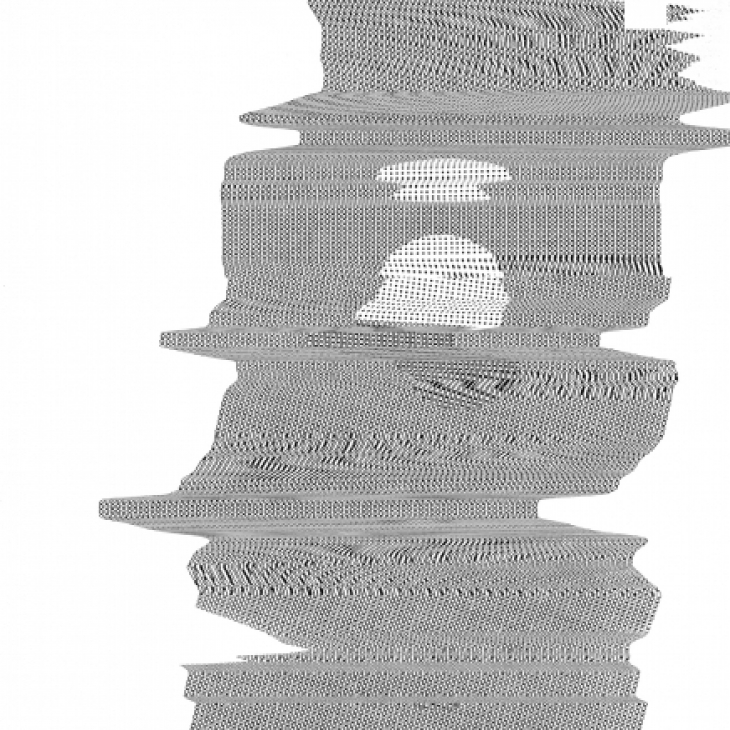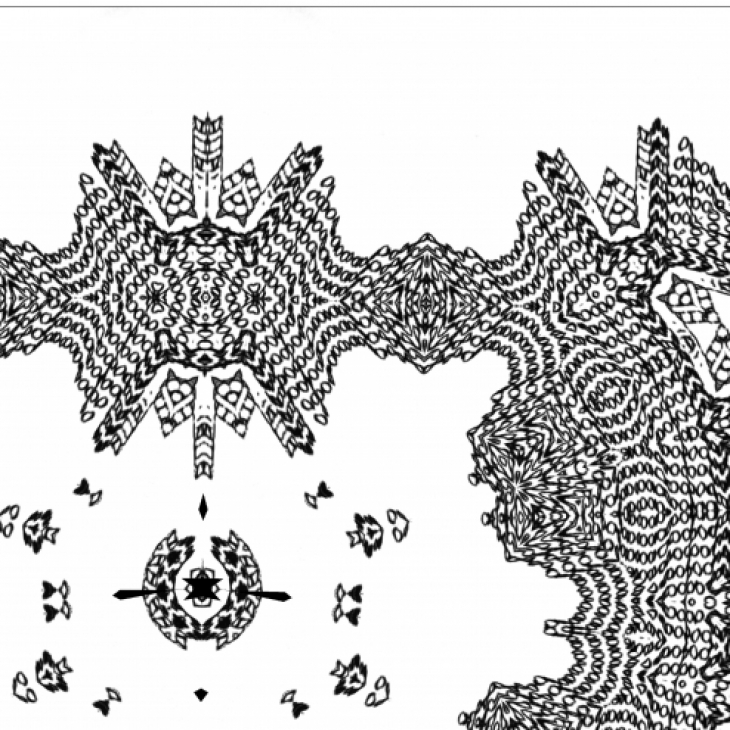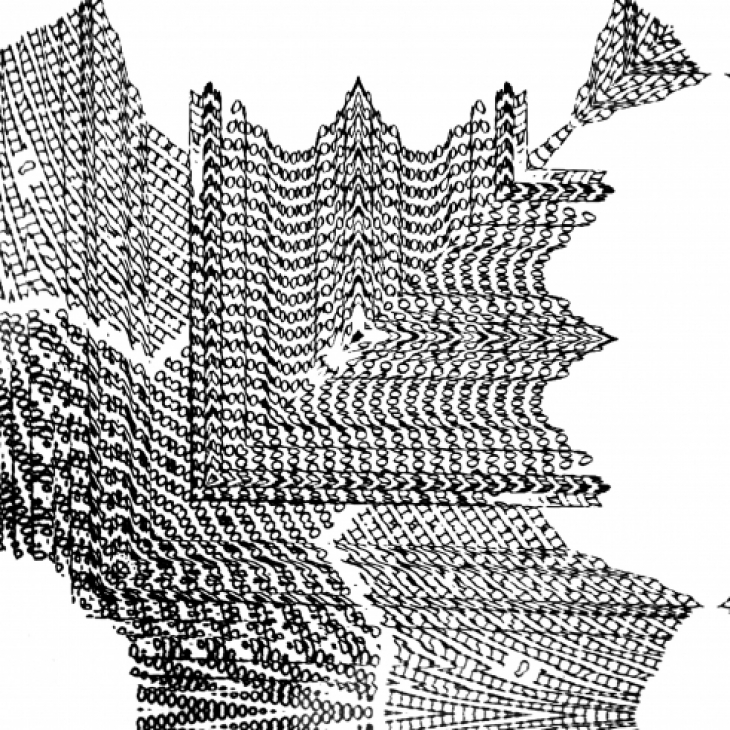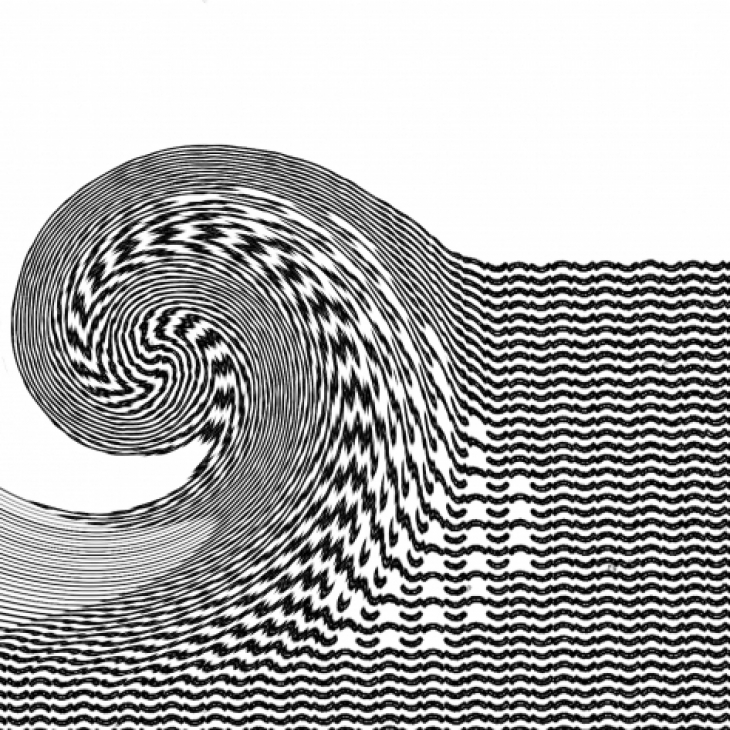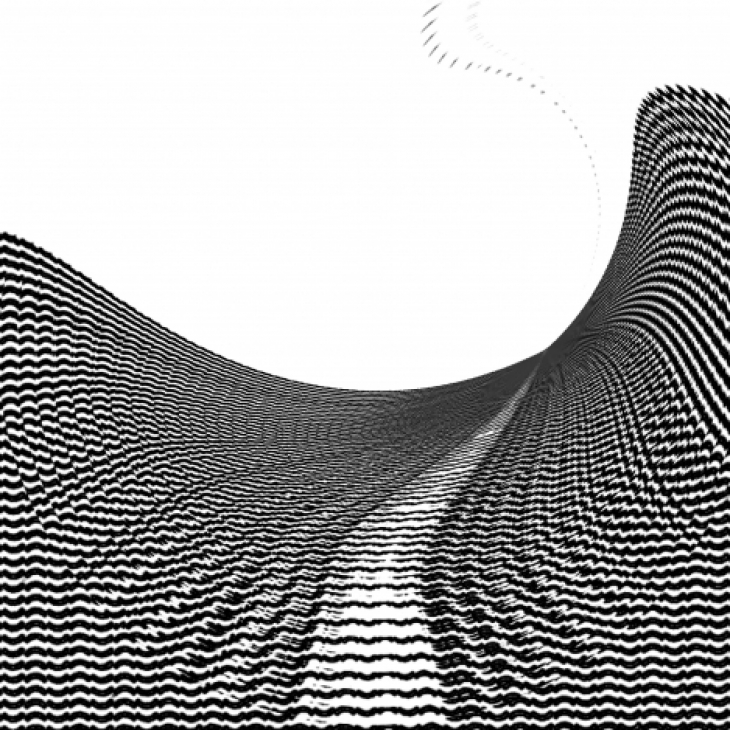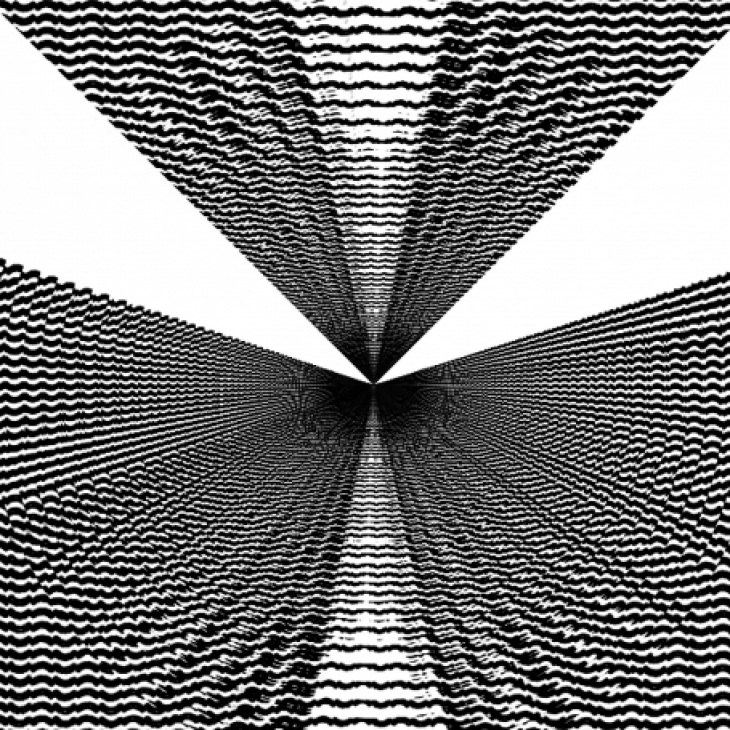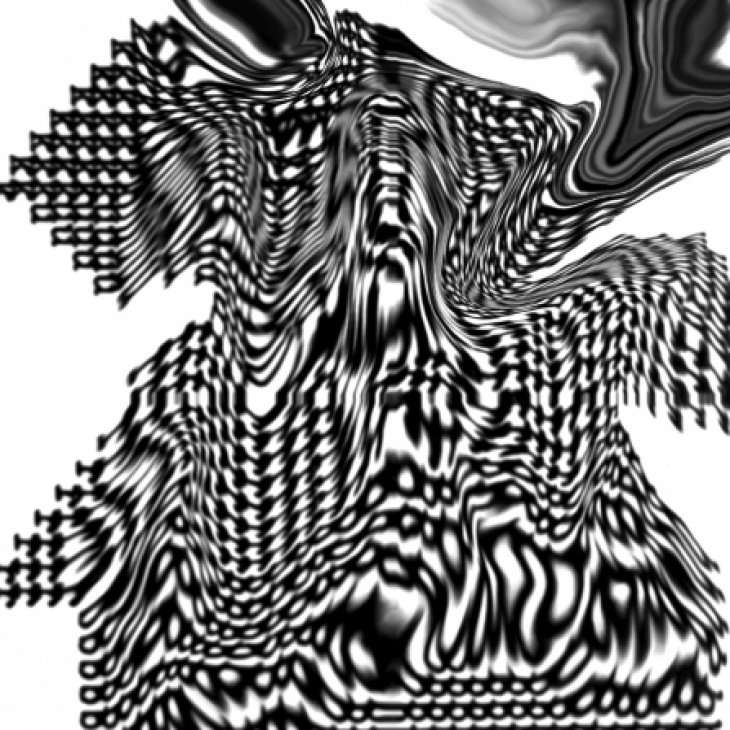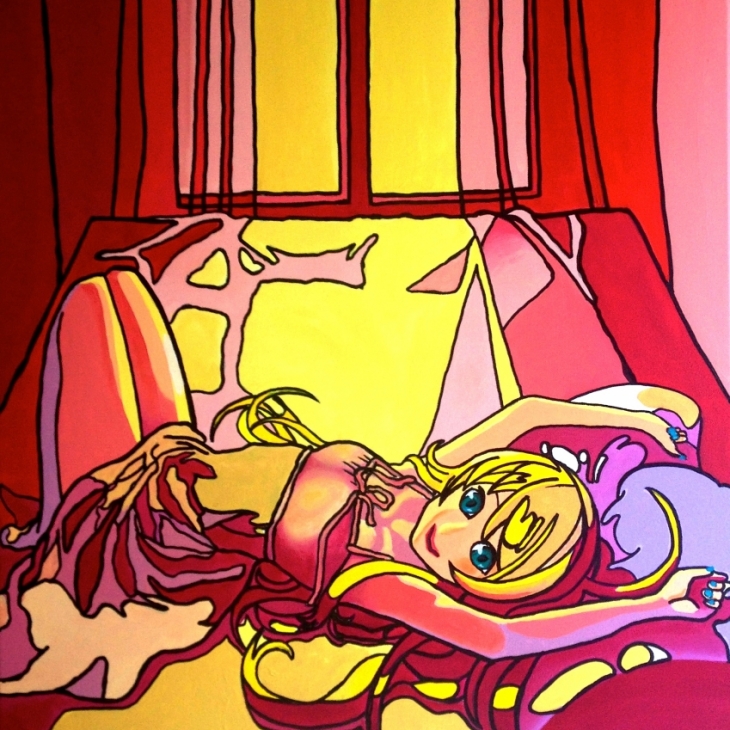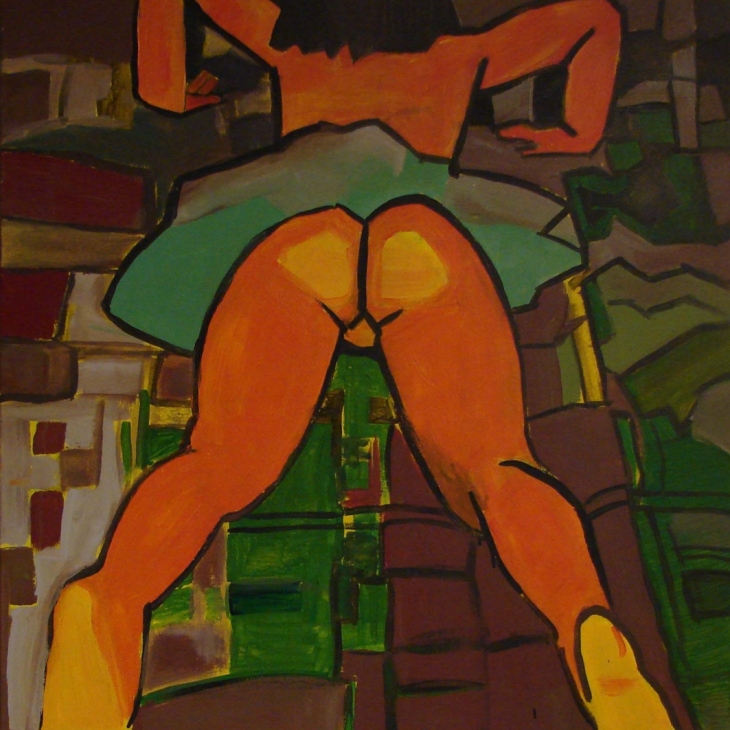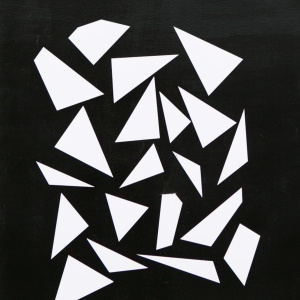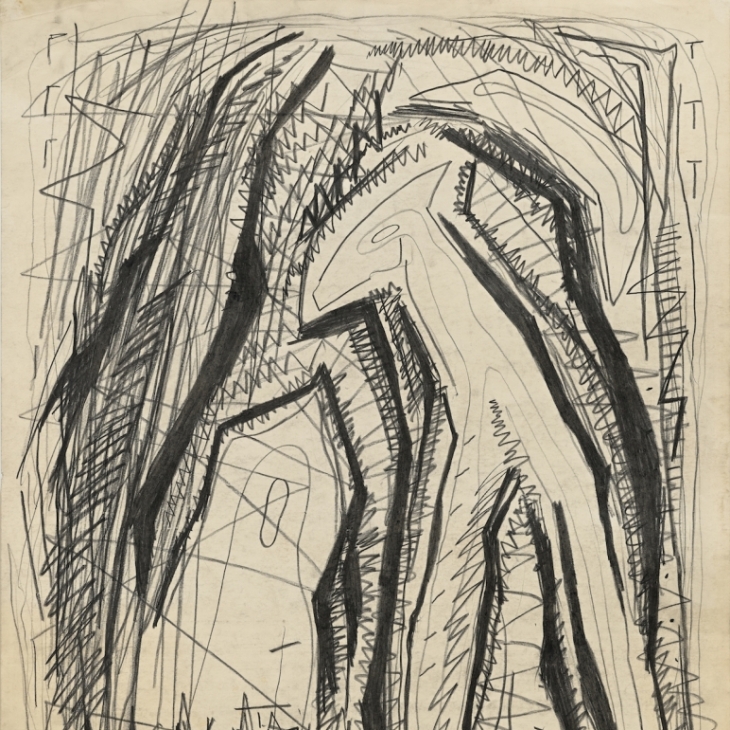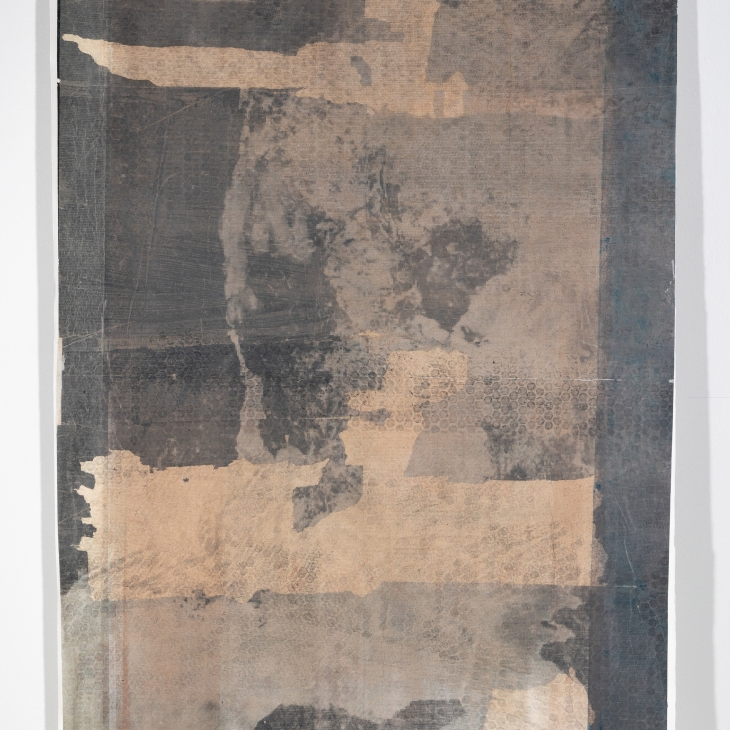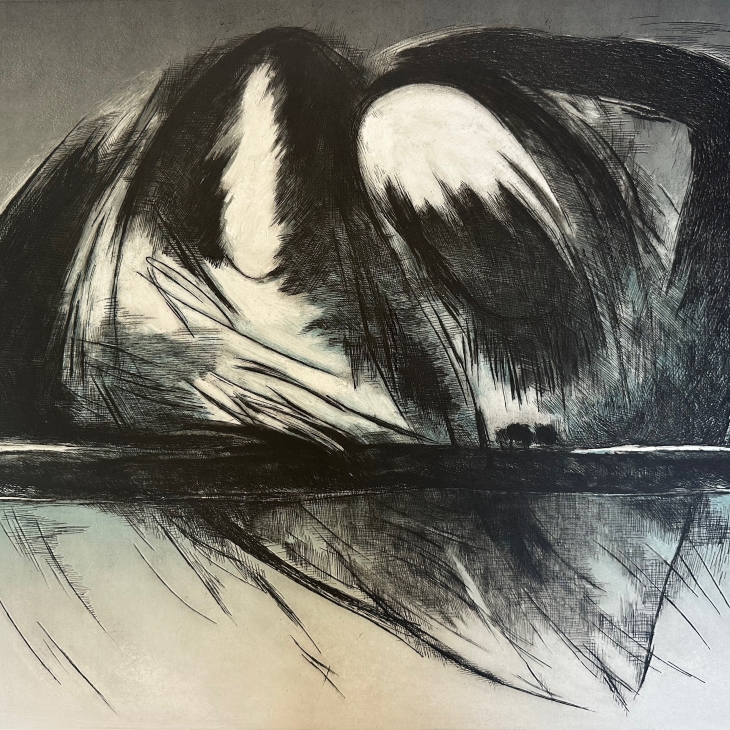Kiwa
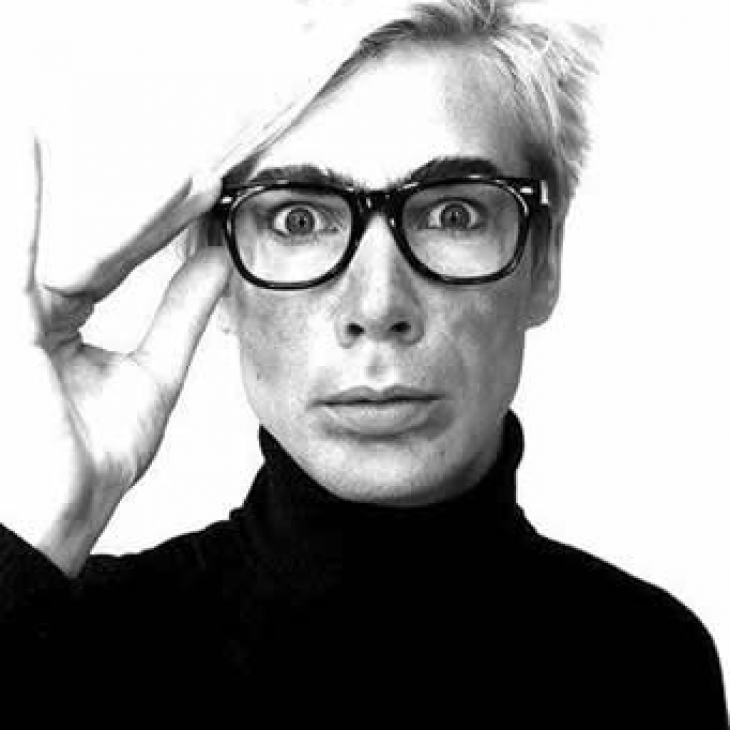
Artist is based in: Estonia
KIWA belongs to the generation of artists who entered the art scene in the end of 1990s and whom the art critics have labelled X, Y, E or TV generation. Aside from the active, as a rule deconstructible media image, the main characteristics of this generation could also be referred to as interdisciplinary and inter-textual. Quotes, pastiche, games with language and identity, (post) psychoanalysis and schizo-analysis were all seen as self-explanatory techniques; keywords such as conceptuality, simulacrum and the absurd also hold an important position. Kiwa is undoubtedly the most interesting and yet the most cryptic representative of his generation, and it is hard to subject him to a generalising analysis. The traditional polemics such as reality and hyper-reality, morality and immorality do not apply to his works; instead he adopts a certain kind of cynicism and (self)irony with the infantile, which is precisely what made him the favourite enfant terrible of the local media. All of Kiwa’s art practices––texts (articles, essays, poetry), visual art (sculpture, body painting, painting, video art, performance, installation) and sound art; or his different roles as a curator, editor, model and society figure––make up one consistent text, a personal semiosphere, where one theme is expressed through different media. For this reason Kiwa has works that share the same title, but are brought to life in different media.* Works in collections: Art Museum of Estonia, Tartu Art Museum; private collections (Estonia, Europe and USA) *Elnara Taidre. Excerpt from an essay in the collection “Artists of Estonia 3” (Tallinn: Center for Contemporary Arts Estonia, 2007)

